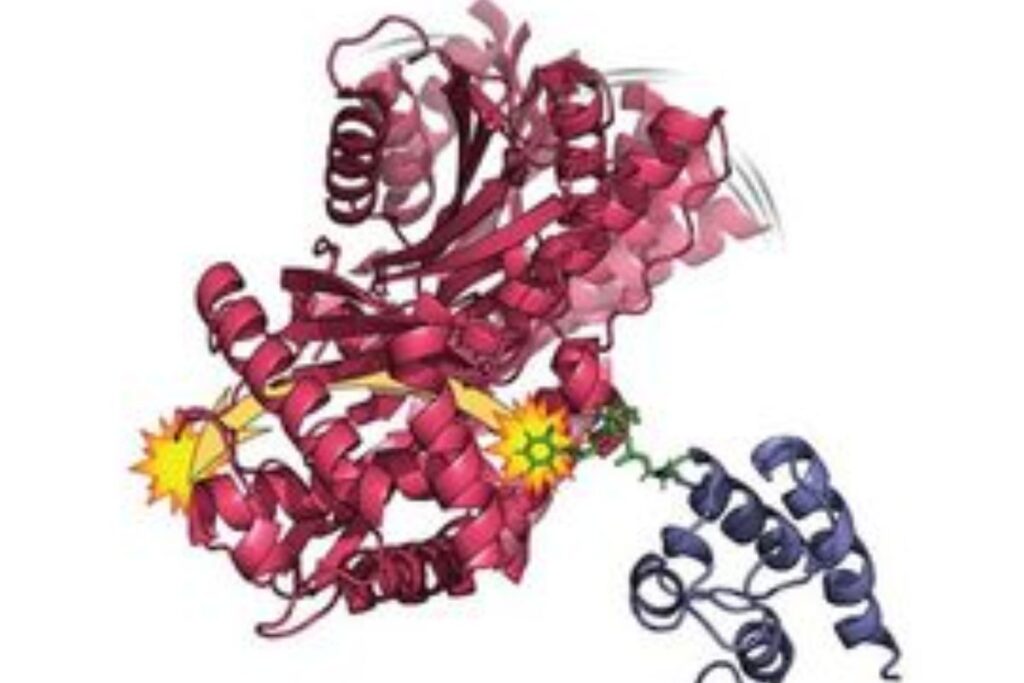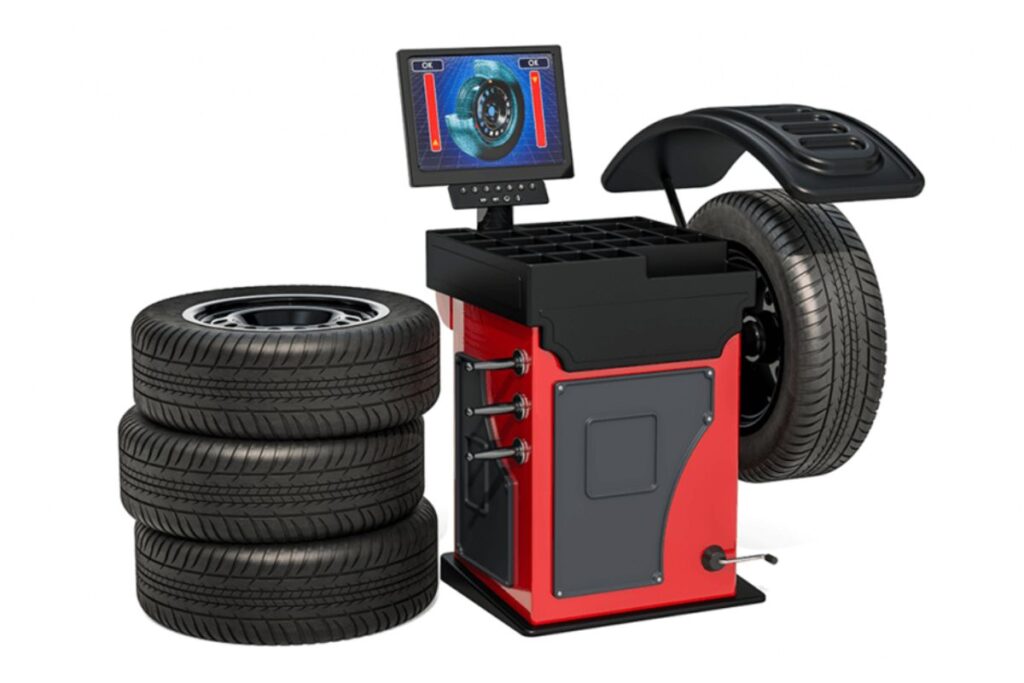A persistent shake in a car isn’t just annoying; it can also cause significant damage if ignored. Some cars keep shaking despite common fixes. Yet, this doesn’t mean they’re unfixable. Every car has parts that work well on their own. Often, an unshakeable shake is due to small issues, like misaligned parts or worn components.
Many factors can cause a car to shake. Some apply to all cars, while others are specific to certain types. Not all causes are listed here. However, addressing common issues often stops the shake. If your car still shakes after trying these fixes, it might need more than just mechanical help.
What is Shakes And Wobbles?
Shakes and wobbles are involuntary, repetitive movements or tremors. They can affect various body parts. Here are some common examples:

- Shakes:
- Tremors or shaking movements, often affecting the hands, arms, legs, or head.
- These can be caused by conditions. Examples are Parkinson’s disease, essential tremor, or certain medications.
- Wobbles:
- A sense of unsteadiness or lack of balance, often described as a “wobbly” feeling.
- This can be caused by inner ear disorders, vertigo, or problems with the vestibular system (which controls balance).
- Head shakes or wobbles:
- The head shakes or bobs involuntarily. It can be a symptom of some brain disorders or injuries.
- Leg shakes or wobbles:
- The legs shake or are unsteady. This can make walking hard and raise the risk of falls.
Shakes and wobbles can result from various causes. These include neurological conditions, medications, injuries, or metabolic disorders. They vary in severity and can affect mobility, coordination, and life quality. It’s crucial for a healthcare professional to diagnose and treat them.
Wheel Balancing

To fix shimmying in a vehicle, always start with a full wheel balance. There are two main methods: static and dynamic.
Static balancing evens out the wheel’s weight along its axis. For example, it’s like a bucket on a rope that swings and then circles. Similarly, in a car, this imbalance can cause shaking.
To balance a wheel statically, add a counterweight opposite the imbalance. This works on both sides. It’s great for narrow wheels.
However, wider wheels need dynamic balancing. Just adding a counterweight to the back won’t work. It might even make the shaking worse, causing the wheel to wobble.
Think of a driveshaft. If one end is unbalanced, adding a weight at the other end helps. But at high speeds, the imbalance causes wobbling. It’s like the Earth’s wobble.
In short, narrow wheels usually need static balancing. Wider wheels, on the other hand, need dynamic balancing to fix issues effectively.
Alternative Balancing Methods
On-car balancing fixes imbalances in rotating parts, like tires, wheels, and brakes. It can even handle imbalances from removing parts, such as Buick drums’ weights.
However, this method has limits. It only balances parts when they’re still. So, it’s best for thin wheels. Also, it needs parts to be aligned accurately every time. Sadly, the machines and experts for this are scarce.
Balancing beads solve these issues. They’re small ceramic balls that roll freely inside tires or tubes. When the tire spins, they move to the opposite side of the imbalance, fixing it. This process repeats and they’re easy to find and low-cost. Plus, they work with new tires too.
However, like on-car balancers, balancing beads only address static balance issues. Despite this, they are widely available, cost-effective, and offer ongoing balance correction.
- Imbalance Curable by Static Balancing: A vibrating wheel while driving hints at a static imbalance. At low speeds, it rotates around its main axis of inertia (blue line). Yet, at higher speeds, this imbalance forces the suspension to deflect. As a result, the wheel shifts its rotation to another axis, the rotation axis (red line). Feeling this imbalance is akin to swinging a bucket.
- Imbalance Requiring Dynamic Balancing: A spinning wheel’s vibrations show imbalances from its centerline. This creates a rotation axis (red line). It’s not limited to the axle direction (blue line). When the axis is near the centerline (left side), the wheel doesn’t wobble. However, if imbalances are far apart (right side), the axis shifts away. This shift often leads to a wobble.
- Balancing Wide Wheels Dynamically: Narrow wheels are often statically balanced. Their counterweights are placed on one side, usually the back. In contrast, wide wheels need dynamic balancing. They require weights on all sides with an imbalance, including the front if needed.
- Impact of Imbalanced Hubs, Drums, and Rotors: Unbalanced hubs, drums, and rotors can mess up a wheel’s balance. Buick drums have unattractive weights. But removing them causes major shaking. Also, many Buick-style drum covers are unbalanced. Some aren’t even round, as personal experiences show.
Straightness
A smooth wheel roll is crucial for performance, even with balancing. Expert Chris Sage stresses checking all wheels for runout, especially older ones. He recommends keeping radial and lateral runout below 0.015 inches for best results. Yet, wheels with up to 0.030 inches of runout can still work. Sage notes that until the ’70s or ’80s, manufacturers accepted 0.055 inches.
Sage warns against using only impact tools in tire stores to tighten lug nuts. Hand-seating the nuts ensures proper alignment and avoids misalignment, which can affect performance.
Mismatched parts, like mounting Buick drums on early Ford disc wheels, can cause issues. The different diameters may lead to poor seating and performance problems. Sage suggests modifying the mounting pads as a solution.
Alignment
Sometimes, a hidden shimmy or vibration comes from bad wheel alignment. Two main factors are at play: toe and caster.
Toe:
Toe is the alignment of two wheels on an axle. Toe-in occurs when wheels angle toward each other, enhancing stability. Meanwhile, toe-out is when wheels angle away from each other.
Most rear-drive cars need a bit of toe-in. This setting offsets road forces and reduces play, improving stability. However, too much toe-in can cause uneven tire wear, reduce traction, and cause shaking. Always check your car’s original specs. Adjustments might be needed for different car sizes.
Caster:
Caster affects tracking stability by altering the Steering Axis Inclination (SAI) seen from the wheel. This stability comes from how the SAI sits on the ground and meets the tire.
Most vehicles have negative caster. The tire follows the SAI’s angle on the ground. Increasing this angle enhances the front wheels’ centering force, thus improving speed stability.
Too much caster or trail can cause steering problems. This might lead to a rapid shimmy or “death wobble” in motorcycles. Adjusting the caster is sometimes necessary. Many suspensions work better with a bit more caster than default. However, too much caster can cause a shimmy.
Additional Tips:
Using balancing beads effectively corrects wheel imbalances. A dial indicator measures lateral and radial runout, ensuring smoother wheel performance.
Even a small bend in the hub or axle flange near the centerline can cause significant wobbling. Extended mounting pads can fix this, ensuring proper wheel seating and reducing wobble.
Fixing alignment problems and ensuring correct component seating significantly improves wheel performance. This reduces vibrations, enhancing the driving experience.
Suspension:
Suspension components don’t rotate but are vital for wheel stability. They resist the forces on a moving vehicle. This is especially true for the front wheels on rear-drive cars. A worn component can misalign the suspension. As a result, the wheel might wobble.
Driveshafts:
Driveshafts spin faster than the wheels, often causing vibrations. Steve Raymond from Dynotech Engineering Services explains the key to reducing these vibrations: aligning the tailshaft and pinion angles. They must face each other directly. This alignment is crucial. It allows the universal joints to work smoothly, apply grease, and prevent early wear. Also, slightly adjusting components, such as the torque converter, can balance small imbalances, thus preventing vibrations.
Additional Tips
Fixing tire roundness issues is key to reducing vibrations. Specialty tires with this problem can be fixed by experts like Bill Ross, so it’s wise to seek their help.
Toe alignment is crucial for reducing vibrations. Adjusting it can fix shaking. However, too much toe-out can cause oversteering.
The caster angle trail affects vehicle stability. Excessive trail can lead to steering wobbles. Parts like kingpins, ball joints, and bushings wear over time, causing wobbling. Regular inspections are vital.
Steering dampers reduce small oscillations. Their main job, though, is to minimize the impact of gear lash in older steering boxes, not to prevent wobbling directly.
Keeping joint alignment between 0.5 and 3 degrees is key to reducing vibrations. For cars with one-piece driveshafts, aligning the pinion angle with the tailshaft’s inverse angle is crucial. It ensures proper alignment and minimizes vibrations.
